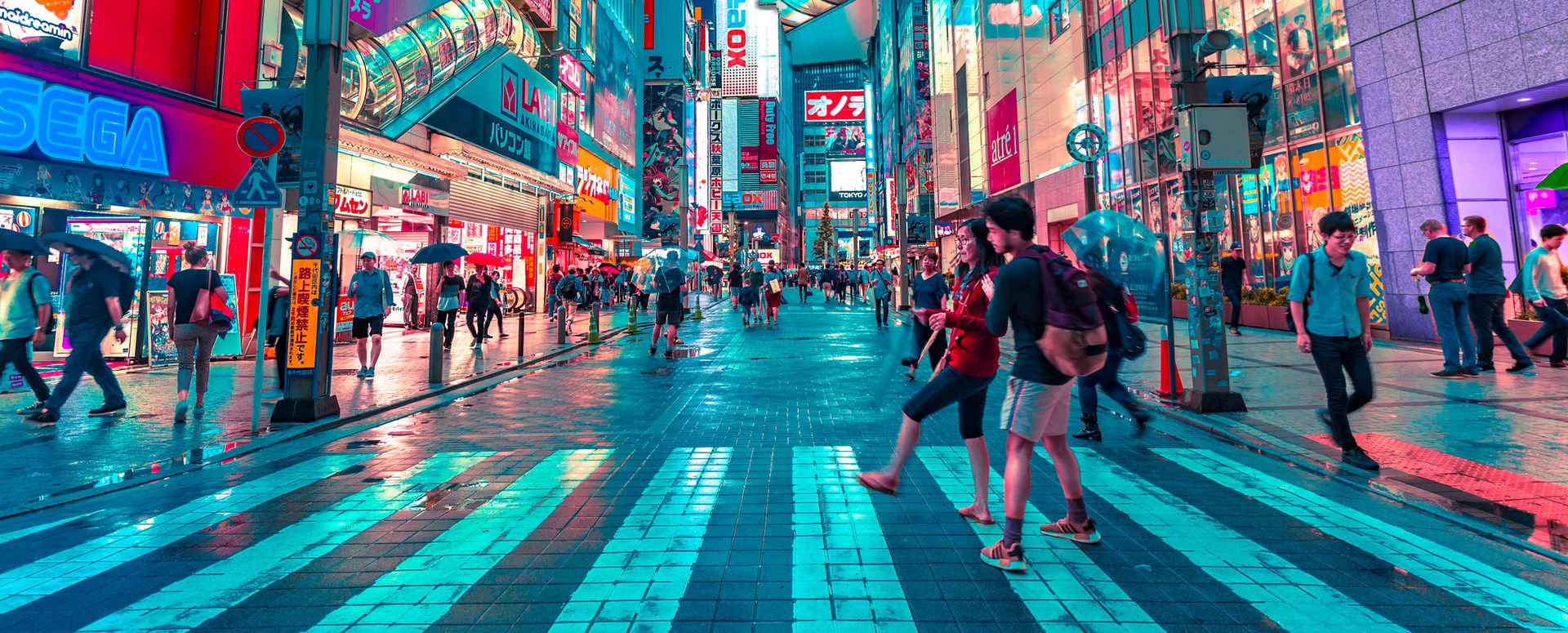
Understand the digital change or accept defeat!
The Corona pandemic has accelerated our digital habits, which most people have now embraced. However, have we - and especially the retail trade - realized that this also will change our city centers?
By Tor W Andreassen, NHH Norwegian School of Economics and SVP Telenor Research, Bjørn Taale Sandberg. Both are associated with the DIG research center at NHH.
City center errands become digital
When you take a walk during your lunch break and the local DHL car drives by, the driver may greet you. Most likely because you have met him physically more frequently since March last year than any of your colleagues.
During the Covid-19 siege, we have become increasingly comfortable doing most things online. The doctor, the library, the gym, the concert, and the clothing store, they all come to our homes. Even milk and bread are traded digitally. Many of the errands we previously had to go to the city for are not only safer in terms of infection control, but also faster, easier, and cheaper to carry out from the comfort of our homes. Improved digital habits will therefore follow us into a post-corona era, which data from the Norwegian Innovation Index 2020 supports. Telenor's technology trend report for 2021 also predicts that teleworking will be the new norm for many, which means that less commuting to the cities can be expected in the future.
If you add this up, it is not difficult to predict major consequences for the retail trade, and consequently the design of the city centers. We believe that they will increasingly become an arena for hedonistic services like entertainment services and socialization ala cinema, theater, restaurants, and cafes.
From delivery point to experiences
We at DIG - Digital Innovation for Growth - at NHH, who researches the impact of the digital shift on society and business, believe that stores have one choice if they want to survive: they must innovate to become something more than just a delivery point that competes against mailboxes and couriers. They must be an experience or be associated with an experience you want to travel to the city to take part in.
Humans are social by nature, and we will continue to come together to share experiences and co-create events. But we will want to execute all utility-oriented services as efficiently as possible - digitally. Because the city centers are changing due to digitalization, the retail trade must act accordingly. The future city center will be like a theater scene for hedonic service consumption. It will have fewer shops, more cafes with good internet connection, galleries, theaters, ice rinks during winter, etc. There will be a reduced need to live in the city center and close to work because you only need to be physically at work when you feel like it. Suburbs will have a second life. With more people being able to live outside the city center and fewer people commuting every day, we can hope for reduced pressure on house prices, no rush hour, and less pollution from cars and buses.
For the city center to stay vibrant, shop owners and city councils need to cooperate to recreate the city center as an attractive venue for hedonic services, including shopping, to be used and consumed with friends and family.
